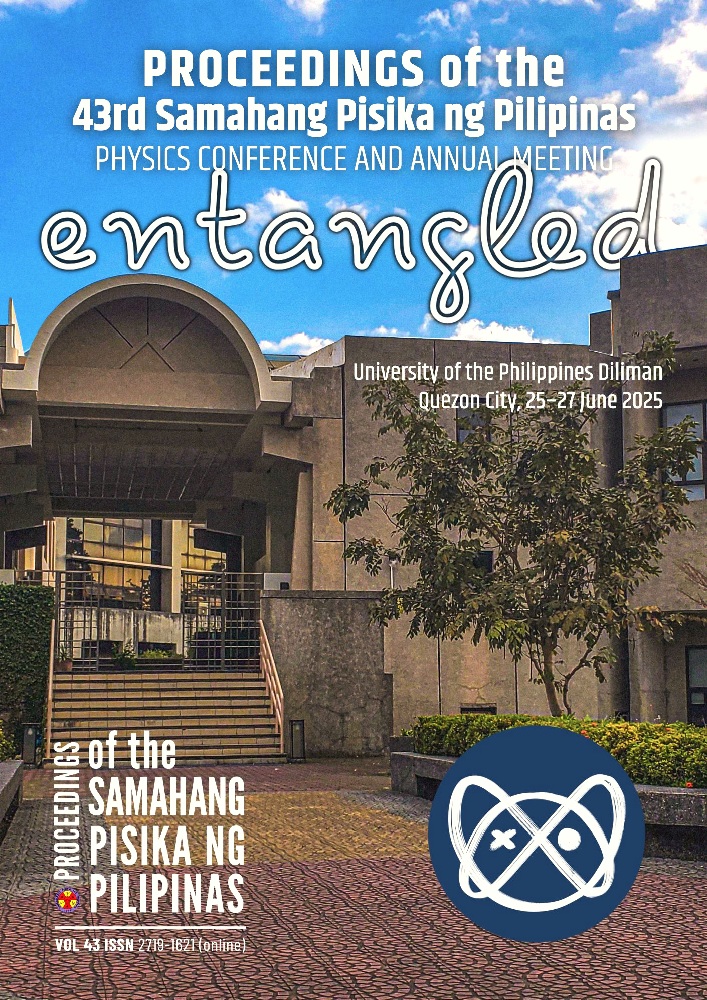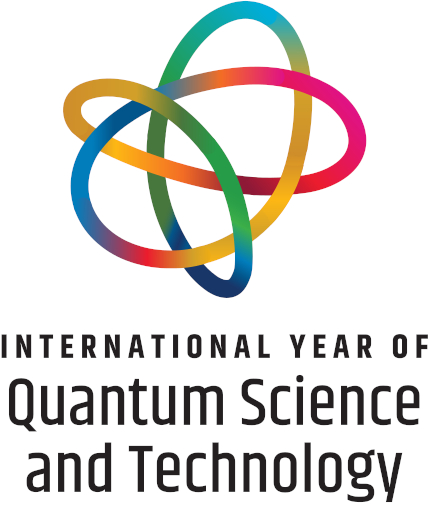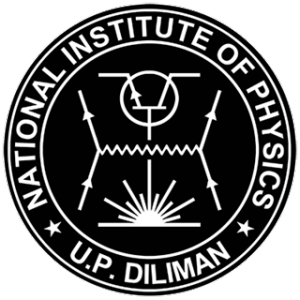Electron-hole pair evaluation in silicon dioxide SiO2 derived from rice husk ash as an insulating layer in MOSFET dosimeter using PHITS: An expanded analysis
Abstract
We assess the feasibility of using silicon dioxide (SiO2) from rice husk ash (RHA) as an insulating layer in MOSFET dosimeters by calculating electron-hole pair formation induced by ionizing radiation with beam energies ranging from 2.5 to 6.0 MeV using PHITS. We used a 6 MV Varian Clinac 600C 10×10 cm2 source from IAEA to simulate energy deposition. The stoichiometric composition and density of derived SiO2 are based on a prior study by Fusinato et al. [Environ. Sci. Pollut. Res. 30, 21494 (2023)]. A 6MV linac reference model from Li et al. [PLoS ONE 17, e0261042 (2022)]. was used to calibrate the simulation setup. The result reveal an 8.37% difference between pure and derived SiO2 due to their different densities, but a linear correlation between energy deposition and electron-hole pair formation was observed, which confirms that RHA-derived SiO2 is a radiation-sensitive insulating layer material for MOSFET dosimeters.
Downloads
Issue
Entangled!
25-28 June 2025, National Institute of Physics, University of the Philippines Diliman
Please visit the SPP2025 activity webpage for more information on this year's Physics Congress.
SPP2025 Conference Organizers
SPP2025 Editorial Board
SPP2025 Partners and Sponsors











